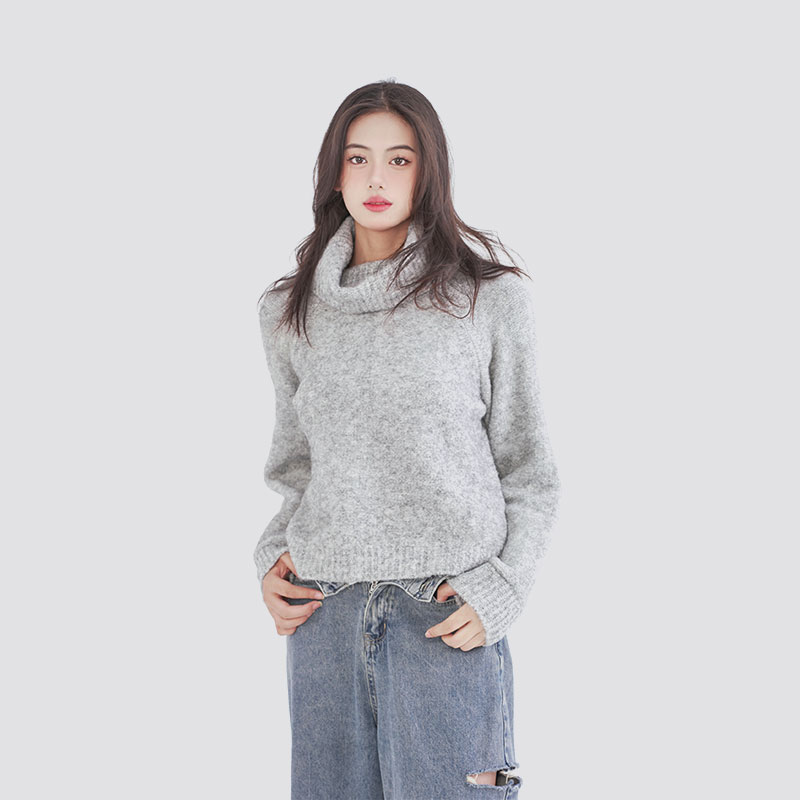How does the process of blocking a knitted pullover enhance its shape and fit after knitting?
Blocking is a crucial step in finishing a knitted pullover, and it involves shaping and setting the garment to improve its fit and appearance. Here’s how the blocking process enhances the shape and fit of a knitted pullover:
Shaping the Garment
Reshaping: During knitting, garments can become slightly misshapen due to the natural stretch and movement of the yarn. Blocking helps to reshape the pullover to the intended dimensions and proportions, aligning it with the pattern’s specifications.
Evening Out: Blocking smooths out uneven stitches and helps even out the fabric, making the final garment look more polished and professionally finished.
Setting the Stitch Pattern
Defining Patterns: Blocking sets the stitch pattern of the pullover, such as cables, lace, or textured stitches, by stretching and setting them into their final form. This is particularly important for intricate designs where stitch definition enhances the overall appearance.
Improving Fit
Adjusting Size: Blocking allows for slight adjustments in size, which can be crucial if the pullover is slightly larger or smaller than intended. For example, you can stretch the garment to fit a desired size or gently reshape it to better conform to body measurements.
Shaping Edges: Blocking helps to straighten and flatten the edges, hems, and cuffs of the pullover, which improves the garment's overall fit and prevents curling or rolling at the edges.

Enhancing Fabric Characteristics
Relaxing Tension: Knitted fabric can be tight or puckered due to the tension of knitting. Blocking relaxes the tension in the yarn, leading to a smoother and more comfortable fabric surface.
Setting the Drape: Blocking also affects how the fabric drapes and falls. It can help achieve a more fluid and graceful drape, which enhances the overall look and feel of the pullover.
Preserving the Shape
Permanent Shape: The process of blocking sets the pullover’s shape and helps it maintain its form over time. Once blocked, the garment is less likely to lose its shape through wear or washing.
Techniques and Tools
Wet Blocking: This involves soaking the pullover in water, gently shaping it to the desired dimensions, and allowing it to dry flat. This technique is ideal for natural fibers like wool and cotton.
Steam Blocking: Using a steam iron to lightly press the fabric while it’s pinned into shape can be effective for synthetic fibers or for garments that don’t require a full soak.
Pinning: Blocking often involves pinning the garment to a blocking board or other flat surface to hold it in the correct shape while it dries.
Blocking a knitted pullover enhances its shape, fit, and overall appearance by reshaping the fabric, setting stitch patterns, and improving the garment’s drape and finish. It’s a key step in ensuring that the final product aligns with the intended design and fits well.

 English
English 中文简体
中文简体 Español
Español












